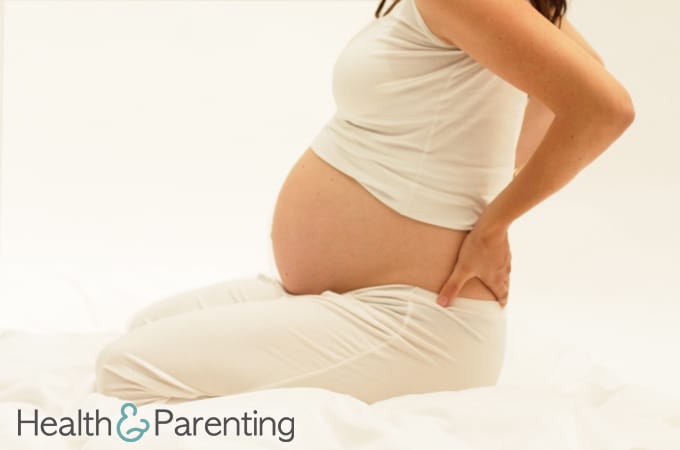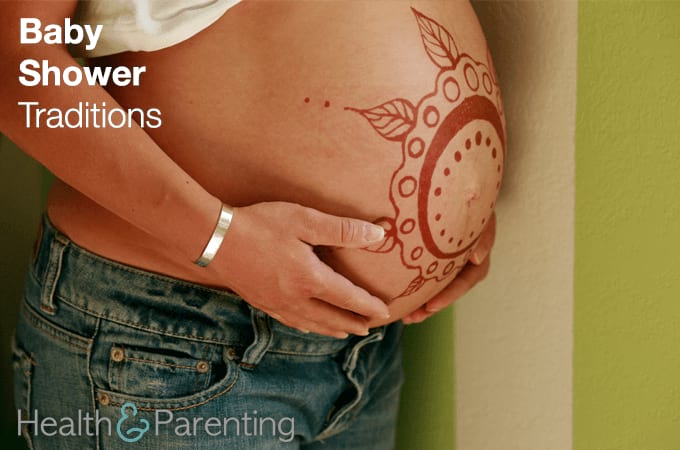Suddenly, it hits you! You look at the calendar and realize that your due date is just days away. All this time, you have been dreaming about the day you get to meet your baby. You have been counting down the days, and decorating the nursery and buying cute baby clothes. Now that the time is close you become strangled with a paralyzing fear and realize that you are scared to give birth.
This is perhaps one of the most common fears of first time moms. And second, third and fourth time moms. There is so much mystery revolving around the birthing process that you never quite know what to expect. Plus, there are so many thoughts of the things that can go wrong swirling around in your head that anxiety is completely expected. Making matters worse, is that you may not know what to expect – especially if your only information comes from other moms and pregnancy books.
You may be worried about whether it will hurt, if your water will break while you are in the middle of the store, or worse – stuck in traffic, or if your baby is going to be healthy. You may be afraid of pooping on the doctor, or not having your partner make it to the hospital in time. What if you can’t give birth? The list of fears and worries is potentially endless. But here’s the thing.
Women have been giving birth since the beginning of time. No matter how afraid you are, YOU CAN DO THIS. Whatever pain comes your way, will be forgotten almost immediately once you see your baby. Hospitals and birthing assistants today are literally prepared for everything, and your chances of everything going perfectly right – are much higher than they are that anything will go wrong.
Plus, your female body was perfectly designed to give birth. Take a look at how far you have come, and try to relax as much as possible. It’s perfectly normal to be nervous and anxious about giving birth, but the reality is that at this point you don’t really have a choice. Allow nature to take its course, and do your best to not complicate things by psyching yourself out. If you go into labor and delivery with a calm head, and a lot of faith that all will be well – you will have a much better labor and delivery experience.
There is no shame in being scared to give birth. More than likely, every woman nearing the electronic doors of the birthing center experiences moments where they don’t want to go in, terrified about what lies ahead in the hours before they meet their baby. (I was one of those women who sat in the car in the parking lot of the hospital with my husband for 30 minutes after my water broke refusing to admit myself out of sheer terror) And yet, when you leave the hospital with a bundled up newborn in their arms, you will feel nothing but love – and the stress and anxiety will be completely forgotten.
Also, before you give in to the fears of giving birth, consider that if labor and delivery were so bad, there would be very few women in this world who would choose to do it again and again. And yet millions of woman choose to give birth multiple times in their life. Embrace the experience as much as possible as it is one you will never get to relive.
Written By Stef, Mom of 4 @MOM-Spirational
This information is not intended to replace the advice of a trained medical doctor. Health & Parenting Ltd disclaims any liability for the decisions you make based on this information, which is provided to you on a general information basis only and not as a substitute for personalized medical advice. All contents copyright © Health & Parenting Ltd 2018. All rights reserved.



















